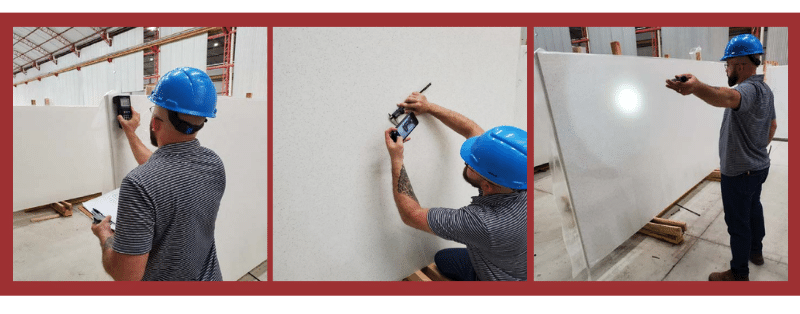In today’s intricate supply chain, maintaining high-quality standards is becoming more crucial and challenging. However, cost factors are often a big concern. One common and cost-effective technique for quality control is the visual inspection.
In this article, we’ll look at the primary visual inspection techniques used in quality control.
What is Visual Inspection?
Visual inspection is a testing method that uses human senses to detect defects and, in the context of quality inspections, ensure that the final product meets the required standards and specifications.
Compared to destructive testing methods, visual inspections don’t cause any damage to the subject being inspected. The process of the inspection may vary depending on the technique. In the following section, we’ll explore some of the primary techniques in visual inspections.
What Are the Different Types of Visual Inspection?
Visual inspections come in various types, each with its own set of pros and cons. The following are some of the commonly utilised visual inspection techniques in quality inspections.
Direct Visual Inspection
Direct visual inspection is a simple and straightforward technique for inspecting products and checking whether the product’s dimensions meet the required specifications. The inspector visually examines the products using precision measuring tools such as calipers or micrometers. Some of the defects that can often be seen through this method include scratches, dents, cracks, or other anomalies.

Microscopic Inspection
The microscopic inspection involves examining the product under a microscope. Often times these inspections are done to detect defects that are not visible to the naked eye. It’s suitable for inspecting small parts such as electronic components or medical devices.
Magnetic Particle Inspection
Magnetic particle inspection is a non-destructive testing technique that involves magnetising the product and applying magnetic particles to the surface. Defects such as cracks or voids will cause the magnetic particles to collect in specific areas, making them visible to inspectors.
Liquid Penetrant Inspection
Liquid penetrant inspection involves applying a liquid penetrant to the surface of the product and then wiping it off. The penetrant will seep into any cracks or voids in the material, making them visible under UV light.
What Are the Benefits of Visual Inspection?
Visual inspection offers many benefits in quality control. It’s cost-effective and quickly detects defects, making it essential for manufacturers. Visual inspections can be customized for each product, and they are non-destructive, allowing the subjected product to be inspected without causing any harm to it.
What Are the Limitations of Visual Inspection in QC?
Although visual inspection has many advantages, it’s important to note that it does have limitations. For example, the accuracy depends largely on the inspector’s skillset and expertise. In addition, some defects may require additional testing methods as they’re not be visible to the naked eye. Moreover, visual inspection may be time-consuming and not practical for large-scale production.
However, despite these limitations, visual inspection remains an important and widely used technique in various industries and often embedded in quality inspections such as pre shipment inspections.
Conclusion
Visual inspection is a cost-effective technique widely used in quality control inspections to verify whether a product meet the necessary standards and specifications.
At HQTS, our team of highly skilled and certified inspectors is proficient in various visual inspection methods. We provide quality inspection services to our clients to ensure that their products conform to their required quality standards. Contact us today to learn more about how we can help you.





